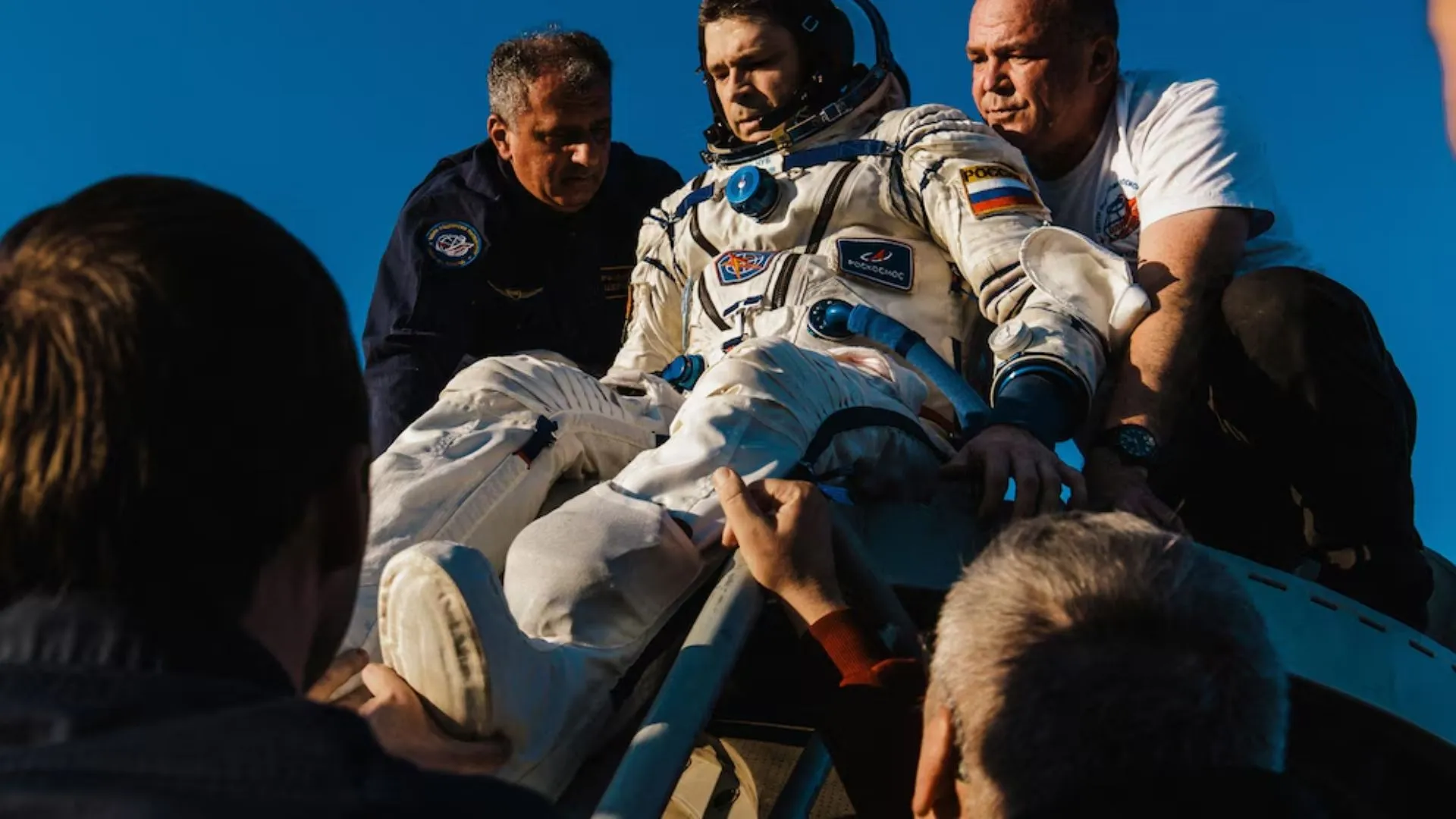In anticipation of Chandrayaan-3’s eagerly anticipated gentle landing on the Moon’s southern pole, Annapurni Subramaniam, Director of the Indian Institute of Astrophysics, mentioned that the challenges encountered during Chandrayaan-2’s landing were recognized and rectified. She expressed her optimism for a successful outcome of the mission.
“In order to overcome the problem that was faced in Chandrayaan-2, extensive tests have been done, and we have also identified exactly what the problems were and the nominal parameters,” Subramaniam told ANI. “Such extensive testing and simulations have been done and therefore we expect that the landing will definitely be achieved this time… So the lander is expected to soft-land. And because sufficient and careful preparations were made, we expect that it will definitely be successful,” she said.
Following the unsuccessful Luna-25 mission by Russia, all attention now shifts to India as Chandrayaan-3 prepares to perform a lunar landing on August 23, 2023, at around 18:04 IST.
Recently, ISRO unveiled images of the far side of the moon captured by the Lander Hazard Detection and Avoidance Camera (LHDAC). This camera aids in identifying a secure landing spot without obstructions or deep crevices during descent.
An important development emerged as the Chandrayaan-2 orbiter, still in lunar orbit, established a two-way link with the Chandrayaan-3 lander module on Monday.
The live coverage of the lunar landing can be accessed on the ISRO website, YouTube, Facebook, and DD National TV from 17:27 IST on August 23, 2023.
Significantly, the ‘Vikram’ lander module, named after the pioneer of the Indian space program, Vikram Sarabhai (1919–1971), successfully detached from the propulsion module. Subsequently, it underwent critical de-boosting maneuvers and transitioned to a slightly lower orbit.
The Chandrayaan-3’s journey began with the launch of a GSLV Mark 3 (LVM 3) heavy-lift launch vehicle on August 5. It has progressively descended closer to the lunar surface through a series of orbital adjustments.
It has been one month and eight days since the launch of the Chandrayaan-3 mission by the Indian Space Research Organization on July 14. The event occurred at the Satish Dhawan Space Center, located in Sriharikota, Andhra Pradesh.
Chandrayaan-3, India’s third lunar expedition, aims for a secure lunar landing, rover exploration, and on-site scientific research. The sanctioned budget is Rs 250 crore, not including the launch vehicle expenses.
India will become the fourth nation globally to achieve this milestone, following the United States, Russia, and China. However, India’s distinction lies in being the sole country to successfully land on the moon’s southern pole.
Development of Chandrayaan-3 began in January 2020, with a target launch date of 2021. Nonetheless, the progression of the mission encountered an unexpected delay due to the COVID-19 pandemic.
Significantly, Chandrayaan-1’s mission revealed the presence of water on the moon’s surface, capturing the interest of preeminent space agencies such as NASA. They integrated this revelation into their subsequent research endeavors.
Also Read: ISRO Assures of “Smooth Sailing” as Chandrayaan-3’s Vikram Lander Nears Moon
Catch all the Latest Business News, Breaking News Events, and Latest News Updates on NewsX)















